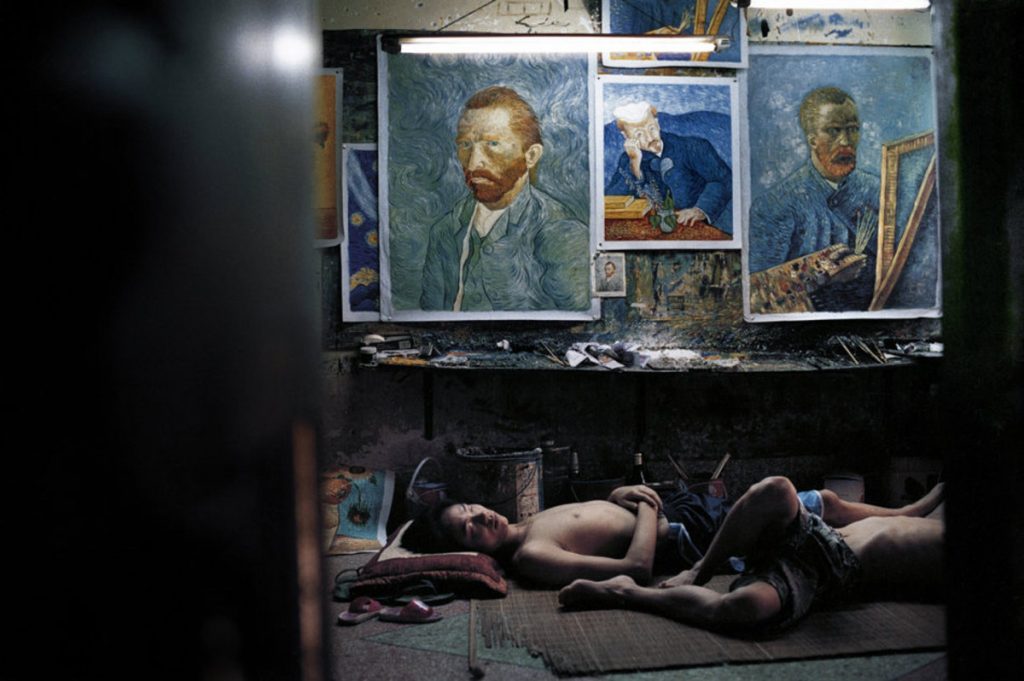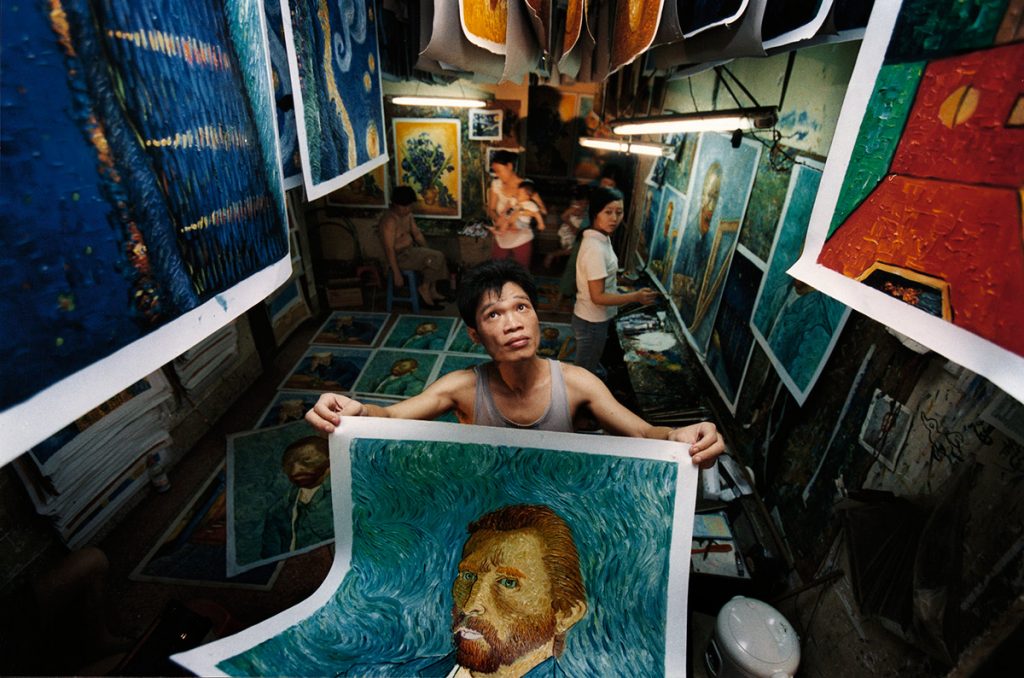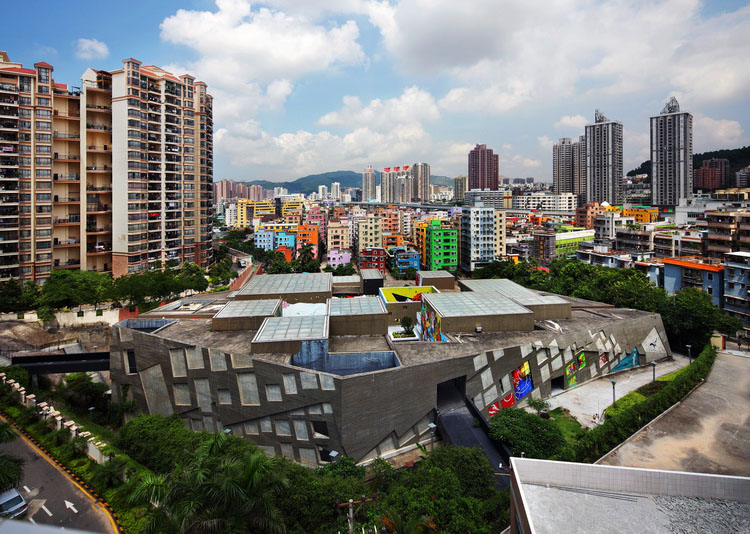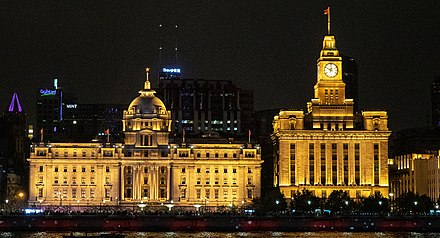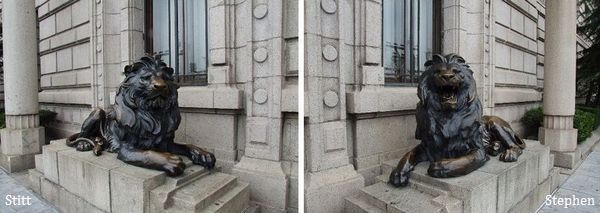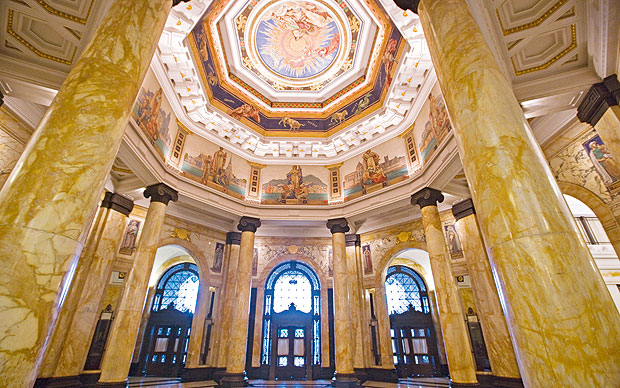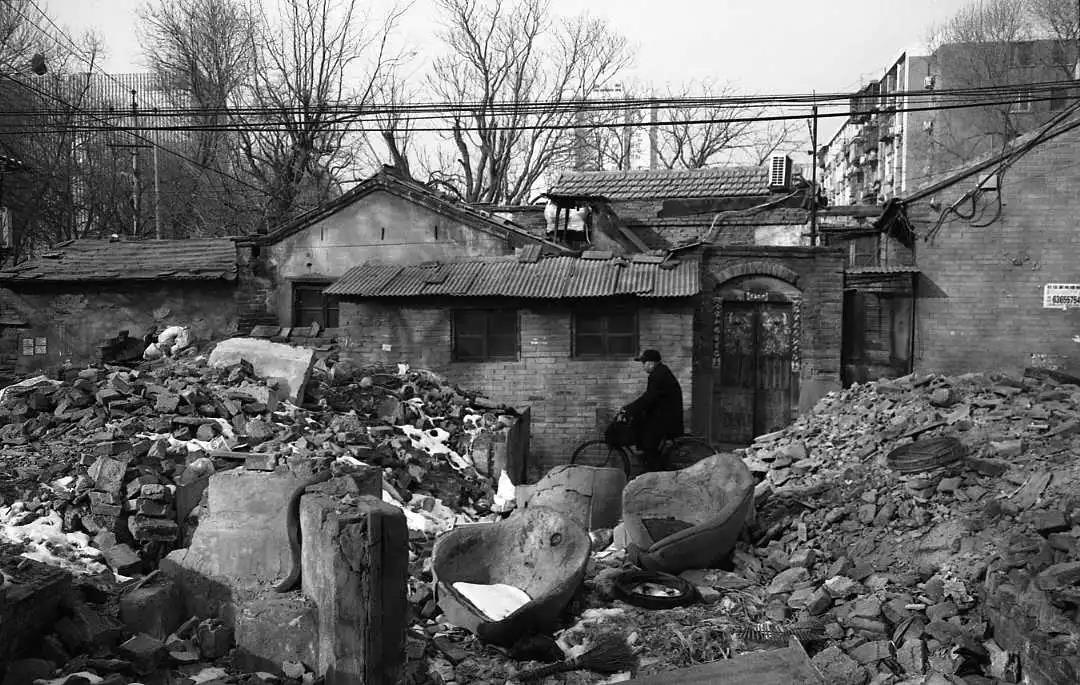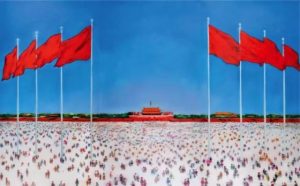 Urban transformation in China is a mixture of violence, destruction, and exclusion. State exploits ordinary people to build the infrastructure, but ignores their petitions and voices. Jin Feng’s Wordless Petitions (2006) employs ordinary people as subjects and redistributes visibility from the glorious Chinese urbanization to the migrant workers. This article explores the composition, color, and site of Wordless Petitions, which all reflect the cruelty imposed on the workers in the process of urban transformation.
Urban transformation in China is a mixture of violence, destruction, and exclusion. State exploits ordinary people to build the infrastructure, but ignores their petitions and voices. Jin Feng’s Wordless Petitions (2006) employs ordinary people as subjects and redistributes visibility from the glorious Chinese urbanization to the migrant workers. This article explores the composition, color, and site of Wordless Petitions, which all reflect the cruelty imposed on the workers in the process of urban transformation.
The gestures and facial expressions of these workers indicate that they are subject to poverty and harsh living conditions. Their positions against the wall and impatient gestures mark the endless waiting for the government to accept their petitions. (in terms of composition) The immobility gesture of standing or squatting also signifies their hopelessness as if the time is frozen and they have to stay in this static poverty forever. There are elders, children, and adults among these workers, however, they all show a dull and listless facial expression. One can read from the children’s concerning faces that their future is destined to be despairing. The burden of raising a family has erased the smile and positive expression from all adults in the picture. And workers all have their heads slightly lowered facing the ground to convey the passive feeling and repression from the state. Only one of them looks up to the sky, but not in a positive or hopeful way. She stands in the center among these workers as if she represents all of them to ask for an explanation of this unfairness from heaven. (the significance of the composition because of the collective identity of migrant workers and their sheer numbers against the wall. The long line of the migrant workers, the sculpted bodies, and silenced faces ….. assert a powerful petition against social injustice)
 Besides, Jin sheds light on the dispossession of these migrant workers through their appearances and the empty cardboard. The clothes are all oversized and scruffy on them as if the clothes have been reused for many years and even passed around families. The two naked boys in the picture wear adult size slippers because the family cannot afford to buy them new shoes. The picture also shows that all female workers do not wear makeup and have the same ponytail hairstyle, which is the most convenient for them to get ready for the labor-intensive day.
Besides, Jin sheds light on the dispossession of these migrant workers through their appearances and the empty cardboard. The clothes are all oversized and scruffy on them as if the clothes have been reused for many years and even passed around families. The two naked boys in the picture wear adult size slippers because the family cannot afford to buy them new shoes. The picture also shows that all female workers do not wear makeup and have the same ponytail hairstyle, which is the most convenient for them to get ready for the labor-intensive day.
In all demonstrations and petitions, people hold cardboard with slogans and words on it. However, just as the title indicates, these cardboards in workers’ hands are wordless and empty. Two explanations can relate to this blank feature of cardboard. One explanation is that these workers have too many petitions and complains that would never fit in the limited space on cardboards. Another explanation is that the workers lost their identity and language along with the dispossession of their social status and lands in the process of urbanization. (wordless petition: the voiceless migrant workers turn their silence into petitions)
Last but not least, the use of the golden color and the red-brick wall both illustrate the exclusion of migrant workers. Jin paints golden color on the clothes and faces of these migrant works to refer to their invisibility and the lack of identity under the progression of the state. On the other hand, the golden outfits, which appear like soldiers’ uniforms, glorify the sacrifice of workers. Ironically, the state deprives workers’ identity in the same way as their treatment to soldiers. Jin chooses the red-brick wall as the site because one would directly connect the red-brick with workers. However, one would never connect workers with fine-designed architectures, which seem to be a privilege enjoyed only by upper-class citizens. Both the color and the site reflect the violence done to these workers.
Jin brings visibility of the destruction to these migrant workers through the depiction of gestures and appearances of workers, the use of color, and the site in Wordless Petitions.

